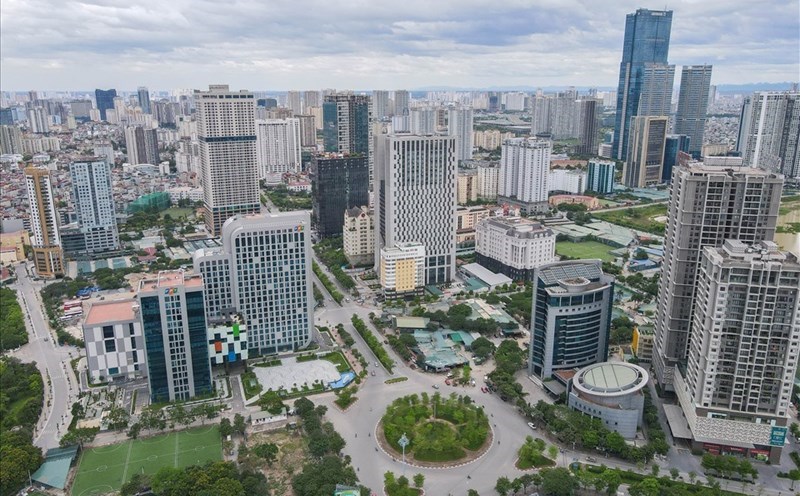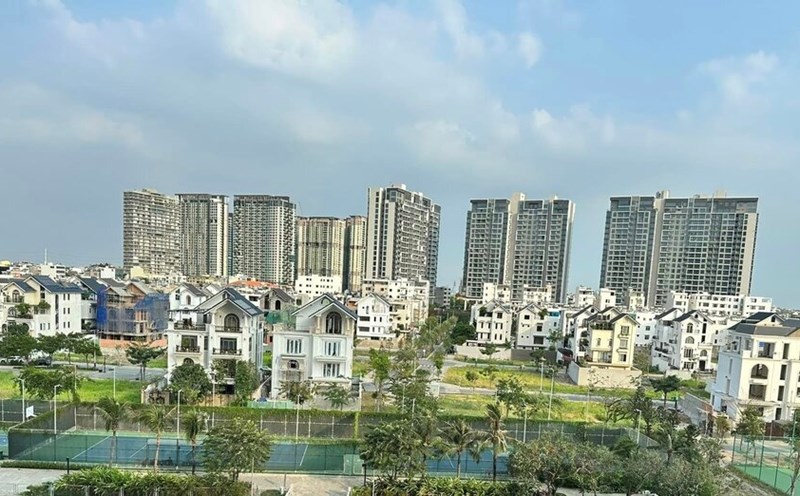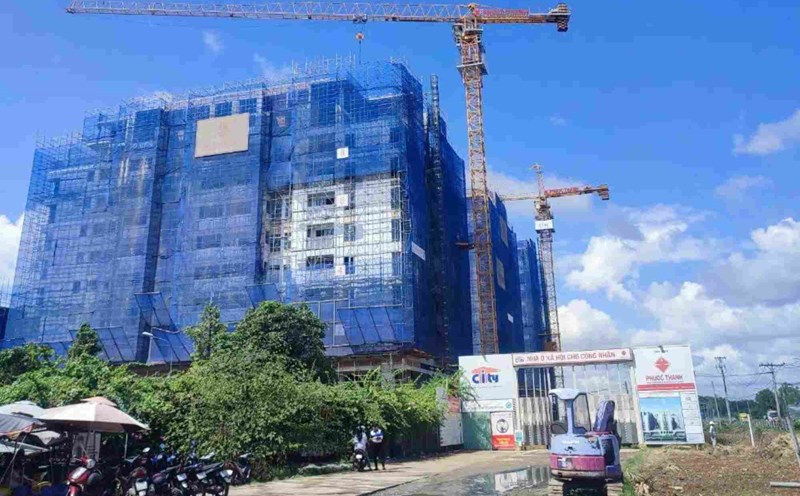Credit and interest rates create a capital foundation
According to the State Bank of Vietnam (SBV), by May 31, 2025, outstanding credit for real estate business activities will reach VND 1.64 trillion, an increase of 36% over the same period last year - the highest level since 2023. In the first 7 months of the year, credit growth of the whole system reached about 10%, much higher than the 6% in the same period in 2024. The rate of increasing real estate credit is higher than the general average, in line with the orientation of legal clearance and opening up capital for projects.
Governor of the State Bank of Vietnam Nguyen Thi Hong affirmed that the rate of short-term capital use for medium and long-term loans is still controlled below 30%, ensuring system safety. At the same time, management agencies maintain close supervision so that capital flows into real estate support real housing needs and the social security segment, avoiding the risk of spreading.
From the perspective of commercial banking, Mr. Nguyen Hung - General Director of TPBank - said: "TPBank has optimized costs, promoted digital transformation, restructured its mobilization - lending portfolio to increase low-cost capital, thereby reducing output interest rates and prioritizing capital for essential customers". This bank participates in major credit packages such as VND 120,000 billion for social housing, VND 500,000 billion for infrastructure investment, digital transformation and green; at the same time, implementing retail credit products with fixed interest rates from only 5.5 - 8.8%/year in the first 6 - 36 months.
High selling prices, improved transactions
The Ministry of Construction said that in the second quarter of 2025, the number of real estate transactions nationwide reached 157,021, an increase of 16.6% compared to the first quarter. Of which, apartments and individual houses reached 34,461 transactions, 33.1% higher than the same period in 2024, reflecting the return of demand for real estate and long-term investment.
In terms of price, the apartment market in Hanoi and Ho Chi Minh City remained stable compared to the previous quarter but remained at the highest level in nearly a decade, averaging VND80 million/m2 and VND89 million/m2 respectively. Some high-end projects in Cau Giay, Tay Ho, Thu Thiem, Thao Dien recorded prices of over 150 million VND/m2. Villa and townhouse prices increased slightly by 3 - 5% in many central areas, showing sustainable demand in the high-end segment, despite increased input costs.
The Ministry of Construction stated that the trend of holding prices at a high level shows limited pressure from land funds and construction costs, but the improvement in liquidity is a positive signal, creating a foundation for market stability in the following quarters.
Diversifying capital channels, attracting FDI
In addition to bank credit, the real estate corporate bond channel recorded signs of recovery. In the second quarter of 2025, there were 65 individual issuances worth VND 86,953 billion, of which VND 7,610 billion in June. Large enterprises such as Vingroup, Van Phu, Viet Minh Hoang lead in issuance value, reflecting investors' confidence in a group of reputable investors, even though the general market is still under expiration pressure.
Registered FDI capital in real estate in the first 6 months of the year reached 5.17 billion USD, accounting for 24% of total FDI capital, more than double compared to the same period in 2024. This capital focuses heavily on industrial real estate and large urban projects, thanks to accelerated key infrastructure and improved legal environment.
These indicators show that the combination of credit, bonds and FDI is creating a multidimensional financial foundation for the real estate market. In the second half of the year, when these factors continue to be maintained, liquidity and supply will likely be consolidated, supporting market stability in segments that meet real demand.











